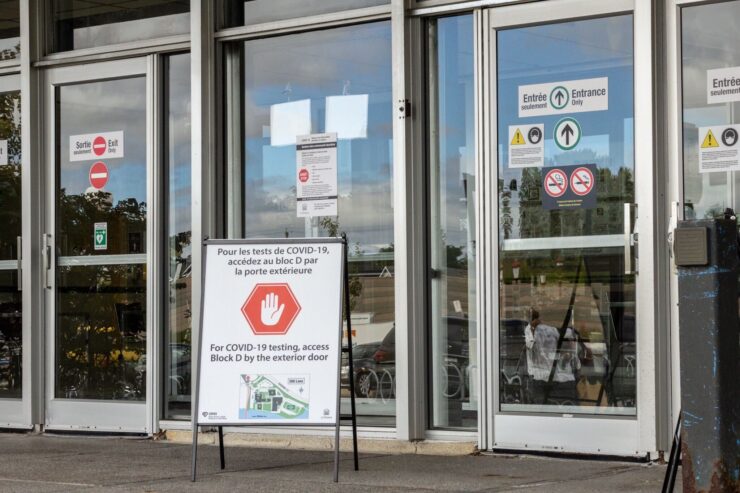VAPING SHOULD NOT BE APPEALING TO CHILDREN
The 150 million disposable vapes discarded in the United States last year could have powered 6000 electric vehicles. In the UK, an estimated five million disposable vapes are thrown out every single week. Vaping isn’t just a public health crisis — it’s also an environmental one.
You might already know vapes don’t belong in the trash because they contain lithium-ion batteries and should be recycled as electronics instead. But in the absence of recycling infrastructure and due to the high cost of recycling millions of tiny, plastic-encased batteries, the investment isn’t being made. Besides, the recycling cost would fall on taxpayers and their local governments, rather than the retailers and manufacturers of the product, so no substantial solution has been proposed yet.
The disposable vape is the culmination of the worst traits of mass consumption under late stage capitalism: lucrative production, mindless consumption and careless disposal. Cobalt and other precious metals mined from conflict-ridden areas like the Congo are transported for manufacturing in Shenzhen, China, where 95% of the world’s vapes are produced. This chain of production manifests as single-use cotton candy puff machines that end up in the hands of Canadian youth, harming their lungs and later piling up in landfills, leaking toxic chemicals.
So far, the industry is deeply unregulated and imports are badly surveilled. The rapid growth of the disposable vape industry should sound the alarm on how far we’re willing to let big companies go in terms of endangering people and the planet.
There’s something to be said about the utility of vapes to curb adult smoking rates, and in any scenario, it’s safer than a cigarette. But when healthcare professionals, teachers and parents celebrated the success of their anti-smoking efforts a decade ago, they never imagined an even bigger nightmare was waiting to entice schoolchildren.
Because most vapes contain nicotine salt instead of a freebase juice, it’s practically impossible for young children to realise they are inhaling toxic chemicals. They might have a gag reaction to a cigarette, but not to fruity melon flavours. In 2015, the smoking rate among youth was 6 per cent, compared to the 12 per cent of youth who vape regularly in 2023. Canada has one of the highest youth vaping rates in the entire world, and policymakers are scrambling for solutions before it gets out of hand.
In Quebec, the government moved to ban all flavours besides tobacco as of October 31st, and similar policies are in place in five other provinces, including Nova Scotia and New Brunswick. In the summer of 2021, the Government of Canada banned all nicotine products with a concentration higher than 20 mg/mL, the biggest move it has made thus far, but the federal government has yet to do more.
In Ireland, for example, disposable vapes are set to be banned under the Circular Economy Act. Recognizing the dire environmental impact of these single-use products, France, the UK and Germany are also drafting up policies to ban the single-use product.
This isn’t happening without any backlash; in response to Quebec’s ban, business owners were upset to be losing business, since flavours comprise up to 90 percent of the e-liquids sold by vape retailers. Some experts also argue banning disposables won’t change our youth vaping reality, as counterfeit products will quickly replace the supply.
If you consume e-cigarettes, I’m sure you have already considered quitting. Check out these resources on quitting smoking or vaping from Ottawa Public Health. Until then, I would urge you to switch over to a refillable device, which even allows you to lower your nicotine intake.
At the very least, you won’t be throwing lithium-ion batteries in the trash on a weekly basis. With our growing awareness of the environmental hazard of disposable vapes and the proximity of these products to the genocide in the Congo, we’re responsible to shift the market and demand better from our policymakers. Not so fruity now, is it?





